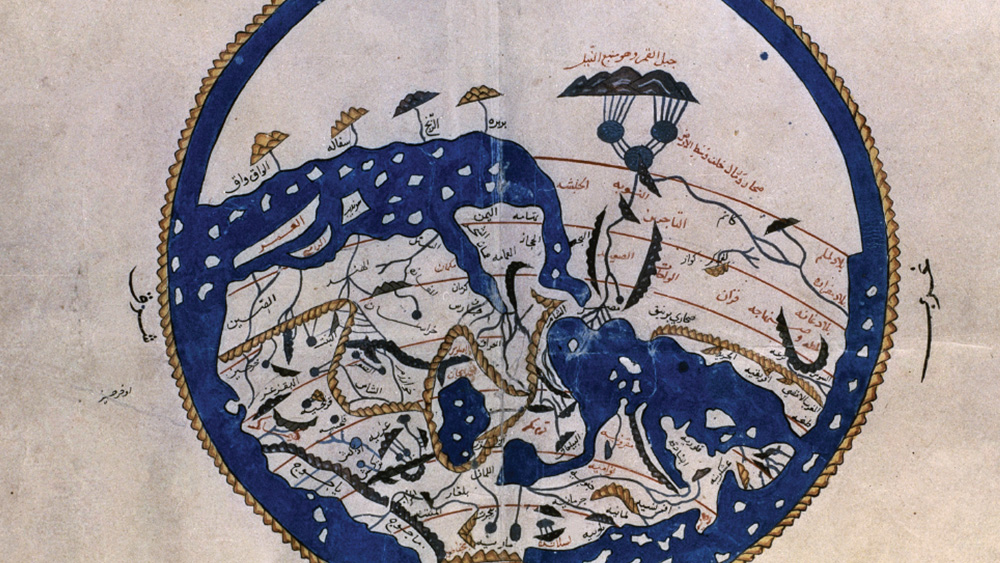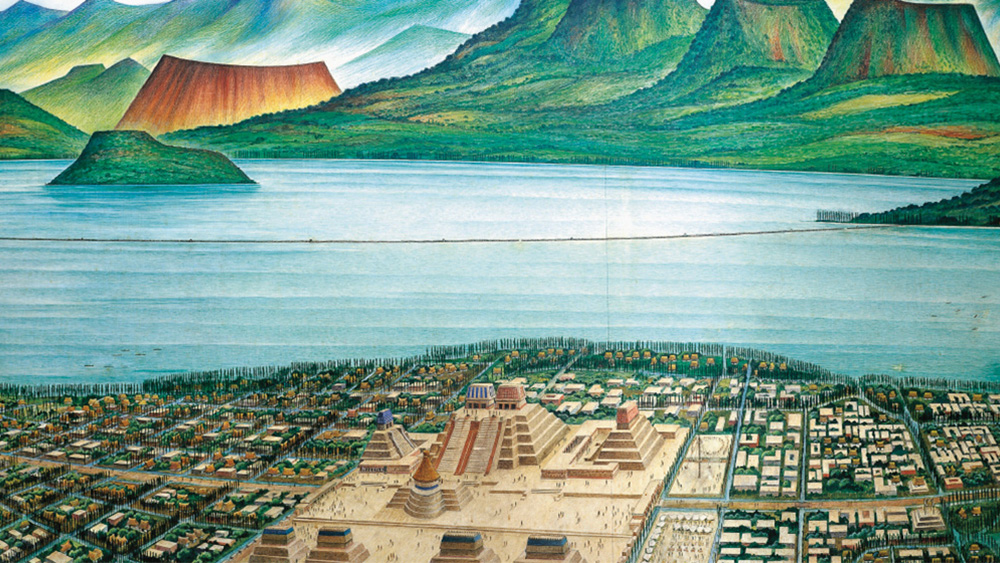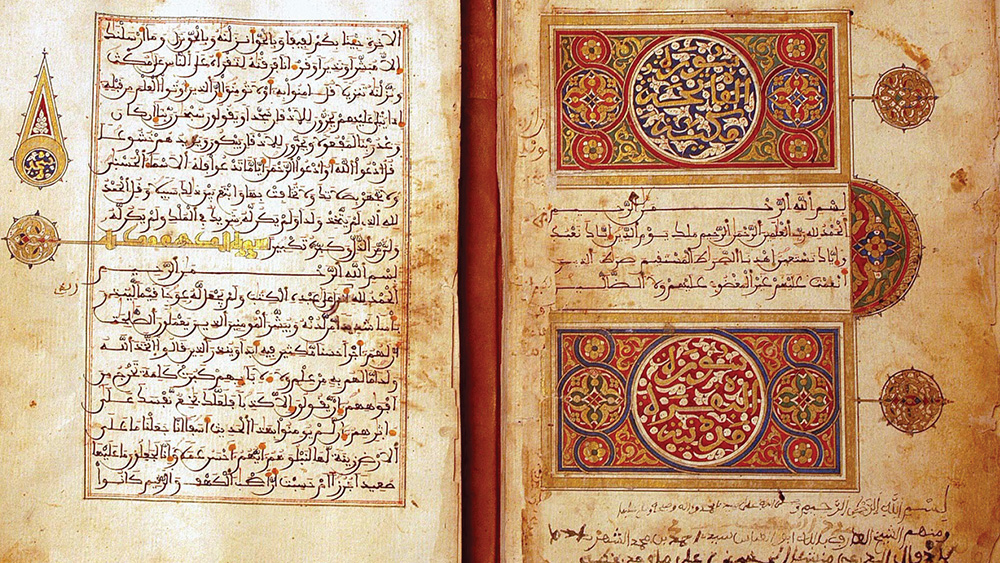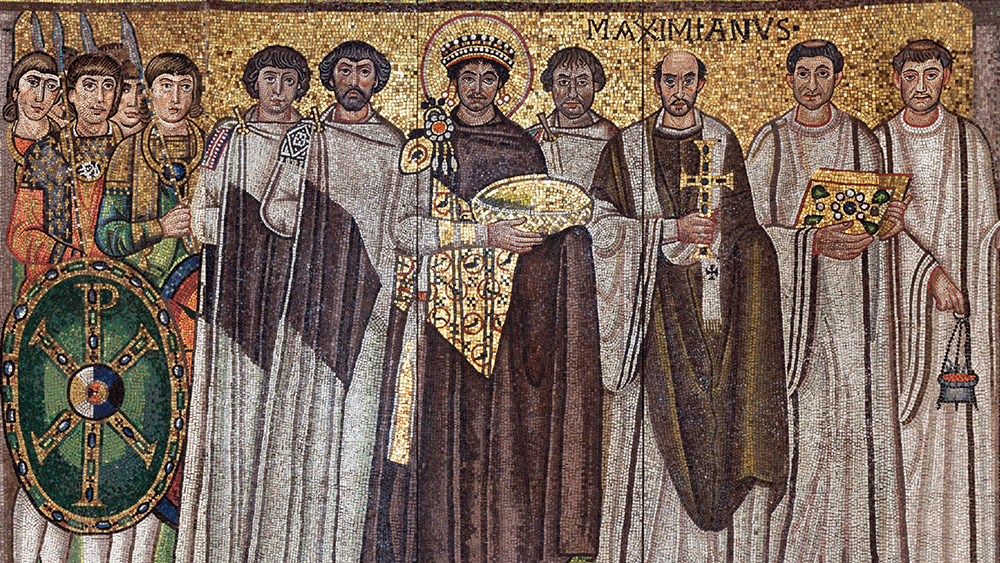Unit 1: The Global Tapestry
c. 1200 to 1450 CEWelcome to the year 1200 CE, a time of sprawling trade routes and mighty empires. A diverse collection of societies linked huge world regions across a web of interconnections.

Lesson 1.0
History Themes
Where does history begin? Explore multiple narratives, learn to analyze evidence, and uncover how one event can hold many stories—all through the six key themes of AP World History.

Lesson 1.1
Developments in East Asia
As China’s population and economy grew, its influence radiated outward. Discover the unique paths taken by societies in East Asia as they adapted Chinese ideas to local contexts.

Lesson 1.2
Developments in Dar al-Islam
Dar al-Islam, the “Abode of Islam,” was a region that extended from North Africa to the East Indies. Learn how diverse cultures, languages, and traditions were linked by the Islamic faith.

Lesson 1.3
Developments in South and Southeast Asia
Belief systems shaped South and Southeast Asia as they spread, blending with local traditions and transforming societies. Let’s look at how these ideas influenced state formation and cultural change over time.

Lesson 1.4
State Building in the Americas
Societies in the Americas were half a world away from Afro-Eurasia but there were some surprising similarities (as well as the predictable differences) between these regions.

Lesson 1.5
State Building in Africa
State systems in Africa used diverse institutions and policies to maintain order—much like in Eurasia and the Americas—yet they differed widely by region, purpose, and form.

Lesson 1.6
Developments in Europe
Religion, politics, and agriculture shaped medieval Europe. Develop historical thinking skills to evaluate how European states developed from 1200 to 1450.

Lesson 1.7
Comparison in the Period from c. 1200 to c. 1450
Compare how states formed across regions between 1200 and 1450. In the process, you’ll strengthen your historical thinking and writing skills.
 Teaching This Unit
Teaching This Unit
Unit 1 Vocab
Key Unit 1 vocabulary words and definitions.

Assessment Guide
Learn about OER Project’s approach to assessment.

Using AI with OER Project
Transform your classroom with AI tools aligned to OER Project materials.

Historical Thinking Skills Guide
Develop the skills needed to analyze history and think like a historian.

Differentiation Guide
Research-backed strategies for differentiation, modification, and adaptation.

Unit 1 Teaching Guide
All the lesson guides you need in one place.